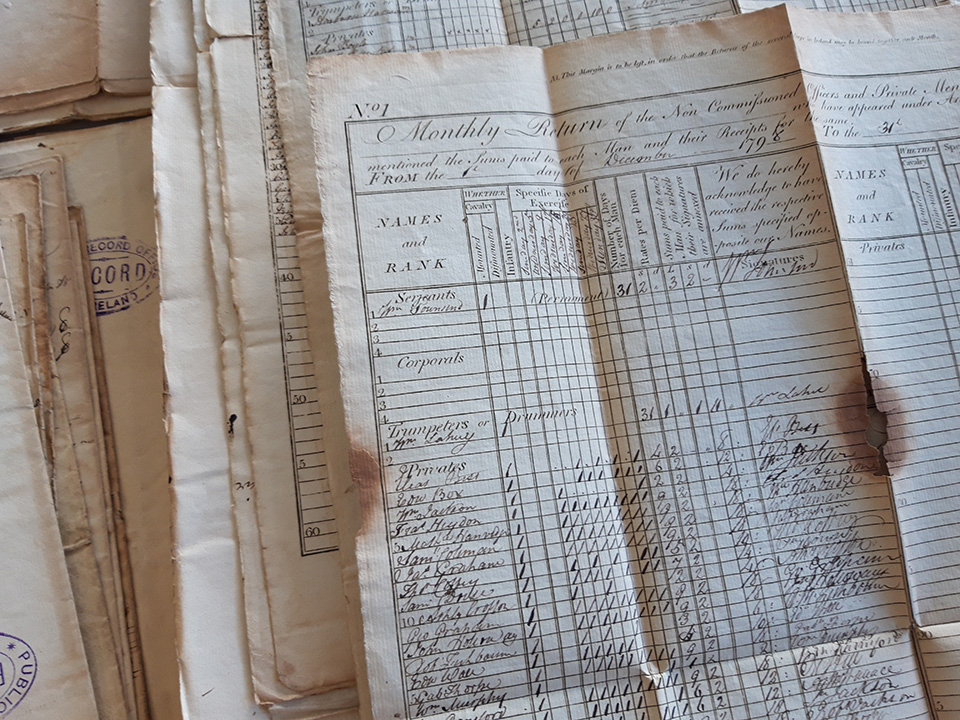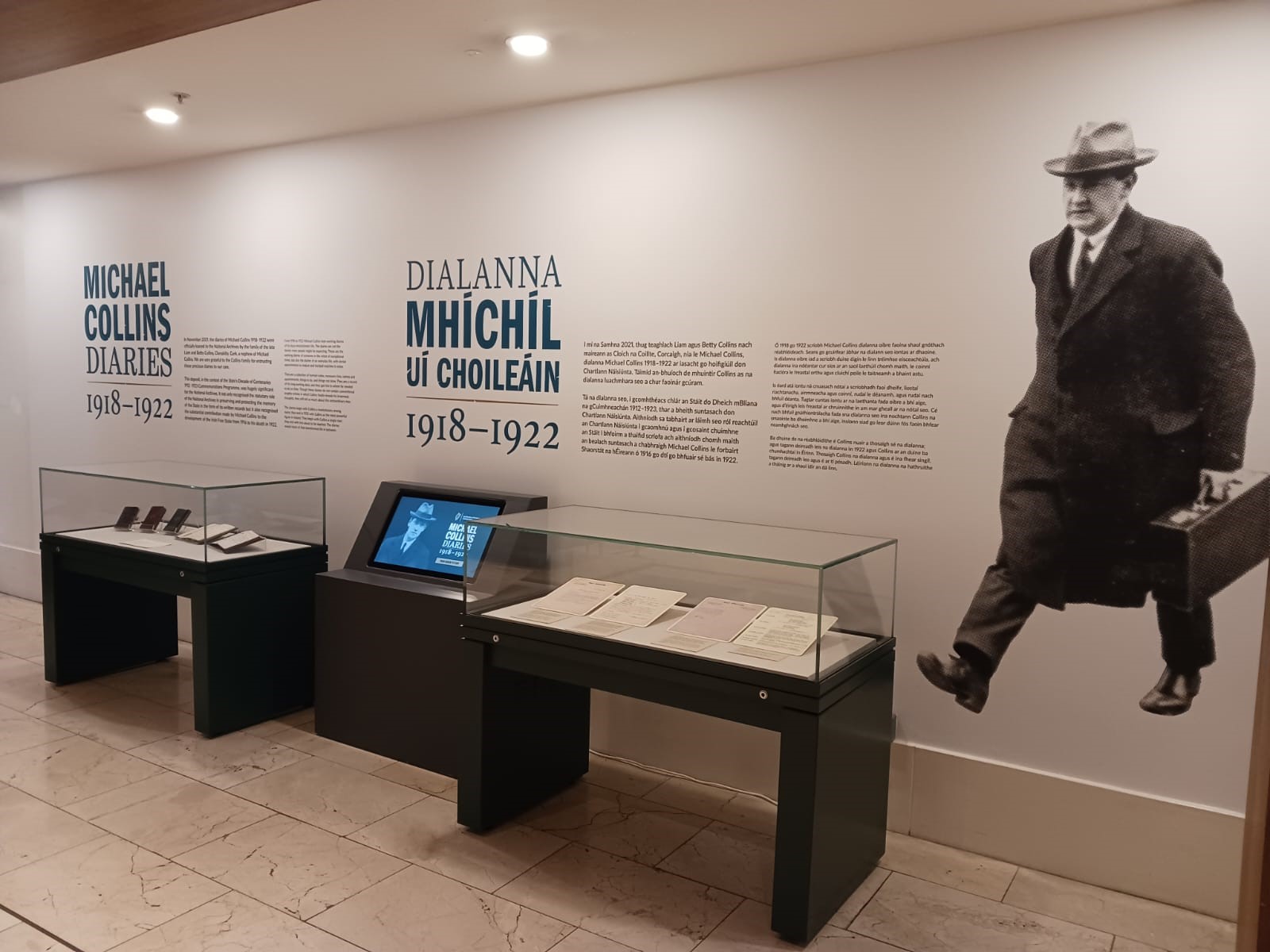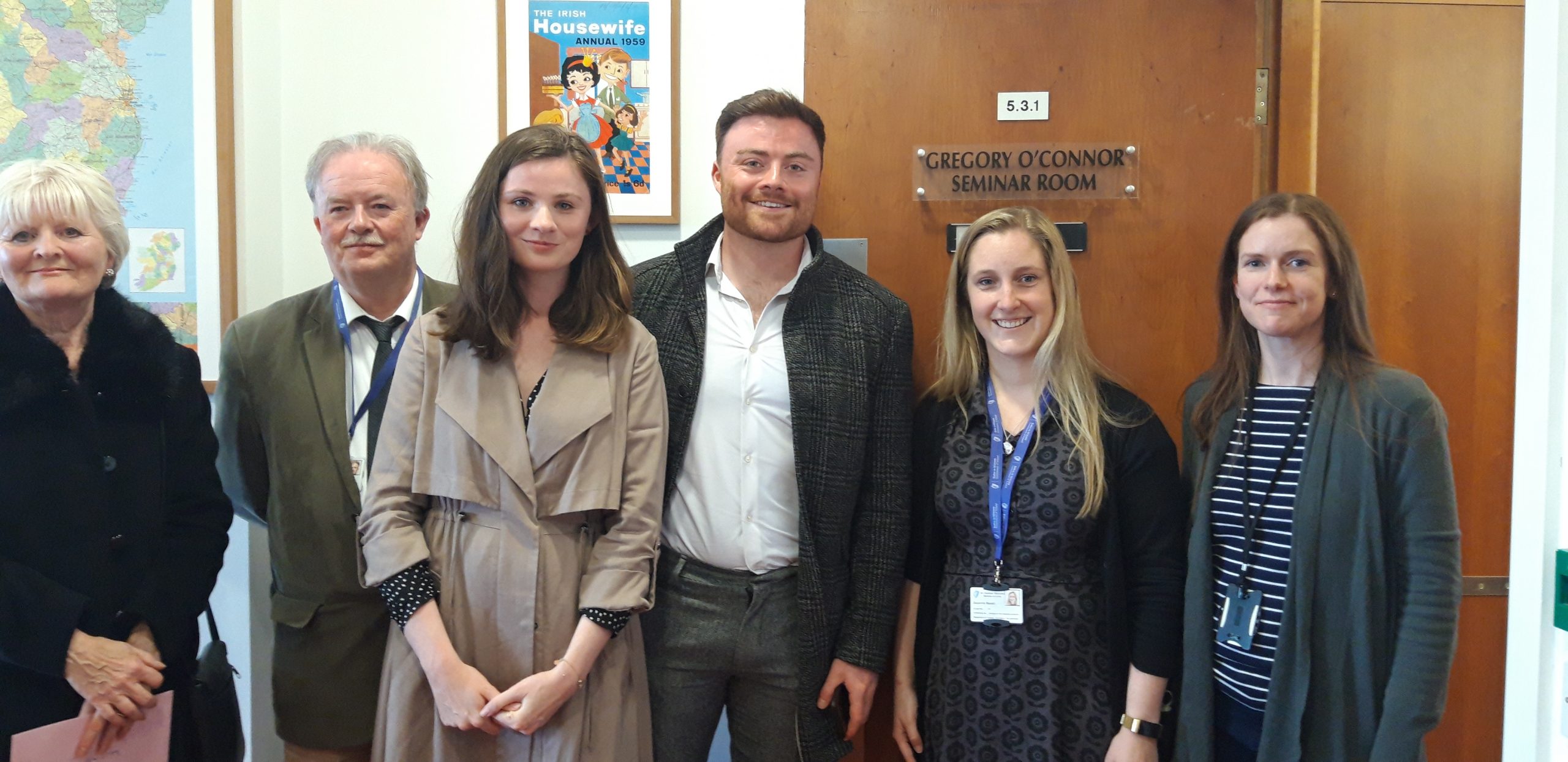Behind the Scenes
Behind the Scenes: Conservation of the Yeomanry Returns, 1798

Repairing fire damage on the Yeomanry Returns, County Carlow, 1798.
Conservation work progresses on the documents rescued after the fire which destroyed the Public Record Office of Ireland in 1922. Learning how to conserve sheets of paper damaged by fire is an area where skills are developing.
One of the first sets of records to be worked on was sixty-six Yeomanry monthly returns from Co. Carlow.
This series of large printed documents were filled with details of the men who attended the barracks each month for training in 1798.
As the forms had been folded, they had survived in relatively good condition.
Each record was opened to inspect its condition; forty-four of the documents had no fire damage at all. The remaining forms had small areas of damage either long the edges of the page or central regions, which were brittle and had some text loss.
The surface of the forms were cleaned to remove any dirt, and then the sheets were humidified to reduce creases and the historic folds. After this, the documents were ready to be repaired. Four different types of adhesive-coated repair tissues were tested to find a compatible match. While these white tissues held the damaged areas secure, the visual result was not satisfying.
After exploring different options, a toned 7.3gsm Tengu Japanese tissue was selected. Small cut-to-size sections of the tissue were used and applied with wheat starch paste on both sides of the loss and damage areas. Due to the lightweight of the tissue, the short pieces, approximately 10mm-15 mm in length, were difficult to handle when pasted. As an alternative, dry sections of the tissue were placed on top of the damaged areas, and the glued pasted through the tissue; any excess was easily and quickly removed by blotting off.
The application of the tissue in these areas was successful. The natural-toned tissue was extremely complementary to the colour of the aged paper. The lightweight tissue meant that an application on each side of the scorched areas did not result in a thickening of the document, and only under close inspection could the tissue be seen. All the forms were flattened to enable clear image capture when digitised.
Zoe Reid, Conservator


